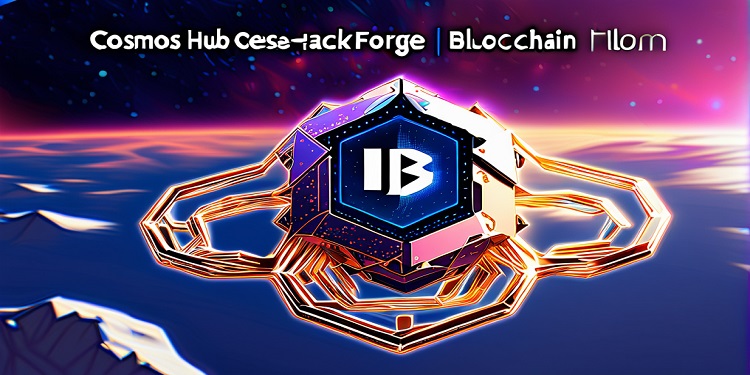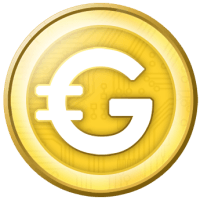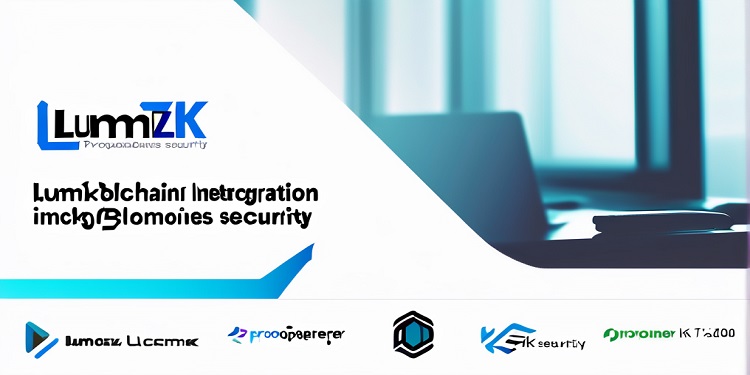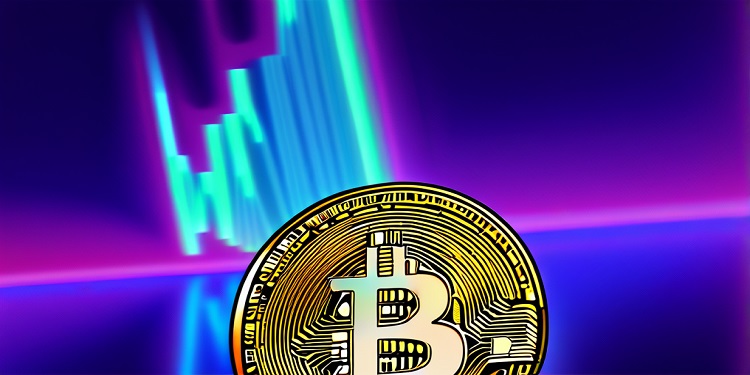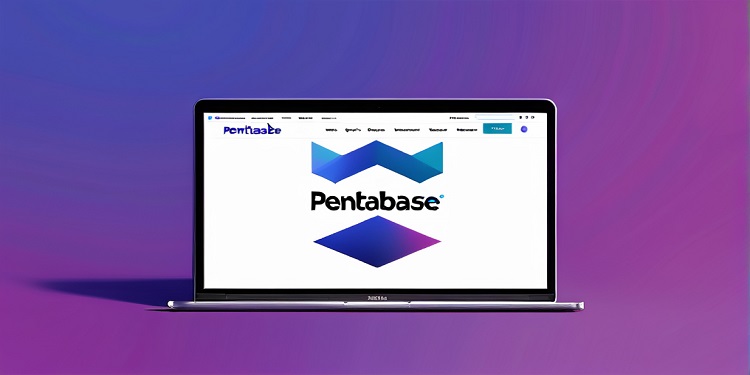
To connect financial institutions such as banks and enable them to transfer funds, to create a cryptocurrency called Ripple (XRP)

$0.0 0.0%
$77,648,737,850
Pros & Cons
- Rapidly expanding
- Licensed over 100 financial institutions, including banks to make use of its blockchain technology
- Interledger Protocol (ILP) enables quick settlement of transactions.
- Third biggest digital currency in the world
- Ripples are not mined
- Supply of Ripples is under the control of parent company
- Ripples Company owns over sixty percent of the XRP in existence
Features
- Open payment network and digital currency
- Aims at connecting a wide range of payment systems
- Number of XRPs that can be mined is limited
- Does not depend on any company or individual to secure and manage its network
Ripple Info
- Founded
- Chris Larsen and Jed McCaleb
- Ownership
- Ripple Company
- GitHub Last Updated
- Dec 18, 2017, 2:05 a.m. GMT +5:30
- Contributors
- 57
Overview
The creation of Bitcoin and the development of the blockchain technology have led to the mushrooming of several alternative cryptocurrencies known as altcoins. Some of these altcoins are Ripple, Litecoin, and Ethereum. Although based on Bitcoin’s blockchain technology, they all attempt to overcome the problems Bitcoin faces.
Ripple was established in 2012 as a real time gross settlement (RTGS) payment protocol and has turned out to be a cost effective system. Its purpose is to simplify payments and make them as fast as emails. Many top-rated banks are fast accepting the Ripple payment protocol for the benefits of the blockchain technology it is based on.
Who Founded Ripple?
Ripple has its roots in Ripplepay, which was developed by Ryan Fugger in 2004. Fugger’s intention was to create a decentralized financial system enabling communities and individuals to create money of their own. His system, called RipplePay.com, was launched as a financial service that provided a safe and secure payment system to online communities through a global network.
Fugger’s RipplePay.com inspired eDonkey’s Jed McCaleb and developers David Schwartz and Arthur Britto to work on a cyrptocurrency system that allowed verification of transaction through consensus among community members. The aim of this system was to eliminate dependence on centralized exchanges, consume lesser electricity, and process transactions faster. When Prosper and E-Loan joined his team, McCaleb approached Fugger and convinced him to part with RipplePay. The team then founded a company called OpenCoin Inc in September 2012.
OpenCoin then began utilizing Fugger’s principles to develop Ripple Transaction Protocol (RTXP), which enables faster fund transfer. It allows the transfer of any currency, including rupees, airline miles, gold, yen, RMB, euros, and USD. Ripple is secure as it is programmed to depend on public ledgers managed by independent servers that continuously compare transaction records. OpenCoin also created XRP, a cryptocurrency that makes it easier for banks to transfer funds with very little wait time or fees.
In July 2013, Ripple linked Ripple and Bitcoin protocols through the Bitcoin Bridge that allows its users to send any currency to Bitcoin wallets. A few months later OpenCoin Inc. got a new brand name—Ripple Labs Inc—and Ripple’s client and reference server became open source software under an ISC license. Ripple Labs continued to be the primary code contributor to the system that powers Ripple.
After 2013, the number of banks and financial institutions that adopted the Ripple protocol increased. Ripple enables international payments for corporation, banks, and consumers. Munich’s Fidor Bank was the first to start using Ripple. After a few months, the Cross River Bank of New Jersey and CBW Bank of Kansas announced that they will use Ripple. In December, Ripple Labs partnered with Earthport, an international payments service, and merged Earthport’s fund transfer system with its software.
Advantages of Ripple
Ripple has many advantages that make it superior to Bitcoin in many ways:
Fast Fund Transfer: Ripple is the cryptocurrency that connects financial institutions such as banks with other banks and providers of payment solutions. It is not only easy to use, but also incredibly fast. According to its official website, it is the “only enterprise blockchain solution for global payments” in the world.
Stable Currency with Low Volatility: Since Ripple has tied up with so many noted banks and financial institutions, a number of experts feel that it is much safer than the other cryptocurrencies out there. They feel that banks cannot risk adopting and investing in technologies they intend to abandon in just a few years. However, banks may do just that if they find a better option. Since Ripple focuses on stability, you will not find it as volatile as Bitcoin or Ethereum, a fact that makes it much safer for investors. At the same time, you must understand that investing in any cryptocurrency is fraught with risks.
Excellent for New Investors: Since Bitcoin is currently in the media spotlight and gaining fast year-on-year, it will continue to remain the best choice for new cryptocurrency investors. Still, one cannot forget the fact that it is almost impossible to purchase one whole Bitcoin. For example, a new investor who has US$10 to invest in cryptocurrencies can either purchase 8XRP or a tiny fraction of a Bitcoin.
New investors would also prefer owning whole coins over mere fractions. While Bitcoin would continue to widen the eyes of new investors and late entrants into the world of cryptocurrencies, they would prefer purchasing affordable altcoins. Chances are they would consider Ripple as it is the fourth biggest cryptocurrency in the world in terms of total market cap and has an affordable price.
How Ripples Works
Many people believe that Ripple is a cryptocurrency just like Bitcoin, but nothing can be farther than the truth. Ripple is a cryptocurrency network that has a coin of its own. This coin is known as XRP or Ripple coin.
Coindesk calls Ripple “a medieval banking method with a digital twist.” It is something like the hawala system, in which the sender gives money and a password to an agent and instructs him to transfer the money to a person who can provide this password. The funds are not physically moved from city to city. Instead, a second agent is brought into the picture and instructed to give the funds to the person who can provide the password. The agents may earn commission for their work.
Ripple not only transfers cash, but also anything else without moving it from one place to the other. It can also change currencies from one to the other. For example, the sender can send money in XRPs and the receiver can receive it in Pounds.
As one sees, this requires a lot of trust among gateways. Senders and receivers have to trust the agents and the agents have to trust one another. In case such a trust relationship does not exist, Ripple can create a trust chain. It has algorithms in place that can find the shortest part of trust between gateways. Now you may wonder what will happen if there is no chain of trust.
In this case, XRP is brought into the picture. It is called the “currency of last resort.”
Every gateway on the network is capable of converting anything into XRPs, transfer it through a chain of trust, and then convert it back into its original form at the end point. And all these transactions are tracked on a publicly shared ledger that is updated by everybody on the Ripple network. Changes made to the ledger have to get the consensus of each server on the network. There is no authority and anybody can join the network by simply running Ripple’s free software on his/her computer.
Value of Ripple Coins (XRP)
The value of XRP recently increased by 4300 percent. On Jan 12, 2018, its value stood at $2.06 although it had just recovered a crash caused by the removal of digital currencies from exchanges in South Korea. In less than a year, Ripple surprised the world of cryptocurrencies by shooting up to slightly more than $1 per coin. It had hardly attracted attention when it was worth just $0.01 a few months back.
XRP gained chiefly because of the growth of Bitcoin, and experts feel that its value will increase further in 2018. Another factor contributing to the growth of XRP is its partnership with American Express, a well-known credit card company.
Future of Ripple
The future of Ripple could be bright although one cannot say for sure this early. The cryptocurrency has its own problems, but its technical analysis charts and price charts show that it is gearing up for a sharp rise in value. If XRP continues to grow at this rate in 2018, it may be something serious investors must look into.
Ripple Purchase Guide
Here is a simple guide to purchasing Ripple:
Obtain a Ripple Wallet: Before you even get hold of a Ripple wallet, you must understand the importance of securing secret keys. If you lose your secret key (password), you will not be able to access your Ripple wallet. You should, therefore, write down your secret key and keep it in a safe place. A better option would be to make several copies of your secret key and keep them in different safe places. You should also maintain a minimum of 20XRP in your account.
Hardware wallets are safer than software wallets. While the former store your XRP offline, the latter require an Internet connection and are prone to hacker attacks. One of the most reliable hardware XRP wallets in the industry is Ledger Nano S. This wallet supports a number of cryptocurrencies, including Ripple, Ethereum, and Bitcoin.
Register at an Exchange: The next step is to register at an exchange, where you can exchange your fiat currency to XRP or Bitcoins to XRP. You can also use a platform instead of an exchange, but you will not be able to access your XRP if you do so. You also cannot use a platform to send XRP to other people. You can only use it to purchase and sell XRP.
If you are not an owner of Bitcoins, you can purchase XRP using credit cards or wire transfer. You can use a service called Bitstamp to purchase XRP through wire transfer. Once you register and undergo a Know Your Customer (KYC) procedure at BitStamp, you can load your account with fiat currency and then directly trade it for XRP.
Another reliable Ripple exchange is GateHub. Just like Bitstamp, you are first required to register for GateHub’s services and undergo a KYC procedure. You can then use bank transfer or SEPA transfer to load fiat currency in your GateHub account. You can then trade your fiat currency for XRP.
Here is another way to purchase Ripple. First use an exchange such as Coinbase to purchase Bitcoins. You can then send the Bitcoin to a wide range of exchanges and get it changed in XRP. ShapeShift and Changelly are some of the most used services for turning Bitcoins to XRPs. You can also trade your Bitcoin on Bittrex and Poloniex and get XRP in return.
If you live in Japan, you can purchase XRP at Bitbank and CoinCheck. If you live in Mexico, you can buy XRP at Bitso. South Korean traders can purchase XRP at Korebit or Coinone.
Load Your Wallet with Bitcoins: Instead of leaving your XRPs at the exchanges you obtained them from, you must secure them by loading them in your XRP wallet. Exchanges control the private keys for your newly purchased XRP, leaving you with very little control over them. If you have your own Ripple wallet, you are in control of the private key. Simply withdraw them to your own wallet where they are safe and secure.
Best Ripple Wallets
There are several Ripple wallets to choose from. However, there is a major difference between Bitcoin wallets and Ripple wallets. You don’t have to maintain a minimum balance in case of Bitcoin wallets. But Ripple wallets need to always hold a minimum of 20XRP.
For example, if you load 100 XRP into your wallet, it will hold 20 XRP of it. For this reason, you should avoid getting hold of multiple Ripple wallets. For the same reason, it is important that you do your research well and get hold of a wallet that fully meets your requirements.
Here are a few Ripple wallets I strongly recommend:
Ledger Nano S: This is a hardware wallet that has begun supporting XRP recently. Among its best features are ease of use, 100% security, and portability. Since you can carry it on your person, you can rest assured that the XRPs it holds are safe.
If you are multi cryptocurrency user, Ledger Nano S is the best option for you as it supports a wide range of cryptocurrencies such as XRP, Stratis, Ethereum, Bitcoin, Dash, and Zeash.
Binance: Launched in the middle of 2017, Binance is quick to support any new cryptocurrency that crops up. Since Binance also serves as an exchange, you can exchange your Bitcoins for XRPs there. However, avoid storing your XRP on the Binance exchange as it is dangerous to do so. In fact, storing digital currencies on any exchange is dangerous because exchanges have the habit of shutting down without notice or running into various issues.
Another huge advantage of Binance is that it offers a trading fee cut of 50% whenever customers exchange their Bitcoins for Ripple or Ethereum.
Cryptonator: Cryptonator is a safe and secure exchange as well as wallet. If you trade in multiple cryptocurrencies, Cryptonator is an ideal solution for you. You can use it to exchange Bitcoins and Ripple to fiat currencies such as Rubles, US Dollars, and Euros.
Rippex: This is a wallet that you can easily download on your desktop. Traders prefer it because it has been developed by a high-caliber IT team with ample experience in digital assets. If you create an account at Rippex, you can use it to make XRP withdrawals and deposits. You can not only make payments in XRP, but also sell and purchase a variety of digital assets. Rippex is safe, secure, fast, and credible. It caters to the requirements of seasoned as well as amateur traders because of its user friendly interface and high security. Rippex supports a variety of digital as well as fiat currencies.
Gatehub: This is an online Ripple wallet that can be used to sell or purchase XRP using fiat currencies. The downside is that GateHub will hold the private keys to your wallet. Still it is popular for its ease of use.
Resources
You can use the following resources to get a better understanding of Ripple:
AuthorDavid Nugent
David is a forex trader and writer who has spent the last few years giving his opinion and spreading news about oncoming markets and trading tips. Besides from being a trader he is also a lifelong Everton fan and enjoys spending free time watching his beloved team in the premier league.

